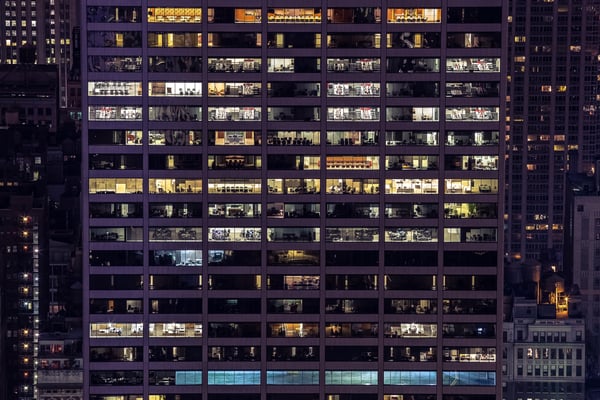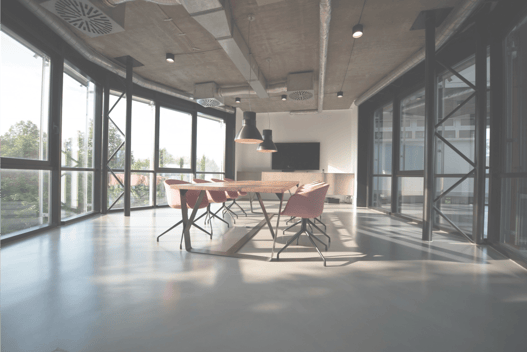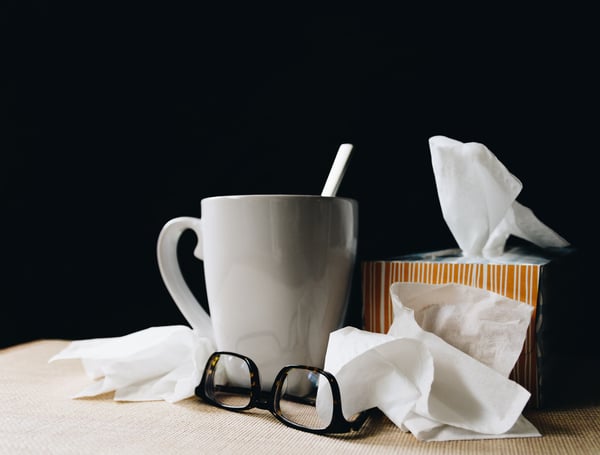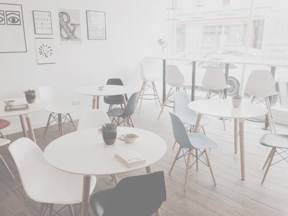Sick building syndrome: causes and prevention
Keeping your employees healthy is paramount to the success of your business. Sick Building Syndrome (SBS) symptoms are thought to cost the British economy around £24.6 million annually in lost working days.
The environmental quality of offices is a significant factor that impacts both the availability and performance of employees. Controlling environmental parameters in the workplace is essential in order to avoid SBS.
What is Sick Building Syndrome?
Sick Building Syndrome (SBS) is a condition where the occupants of a building or other enclosed indoor environment begin to experience health or comfort-related symptoms that disappear upon leaving the space. While there seems to be a link to poor indoor air quality, Sick Building Syndrome is controversial as the exact cause is unknown.
What causes Sick Building Syndrome?
While the exact underlying causes of SBS are difficult to identify, research suggests that it's most likely caused by a combination of factors related to the health of your building.

-
poor ventilation with an insufficient volume of air change
-
low humidity
-
high temperatures or constant changes in temperature throughout the day
-
airborne pollutants, such as dust, carpet fibres or fungal spores
-
poor standards of cleanliness in the working environment
-
poor lighting that causes glare or flicker on visual display units
These sources could all potentially contribute to poor air quality. If several of these factors are at work at the same time, there's undoubtedly going to be a negative impact on both the health and productivity of your employees.
What are Sick Building Syndrome symptoms?
One of the first signs of SBS is multiple team members complaining about similar, vaguely defined symptoms. These are often things like headaches, skin irritation, dizziness and an inability to concentrate.Typically these symptoms subside when the affected individual or individuals are away from the problematic space for a couple of days.
How to test for sick building syndrome in your building
A logical first step is to test the air quality inside your building. This can be done by installing smart sensors throughout your space. You can measure parameters like CO2, temperature, humidity, TVOCs in real-time. By comparing these values to established benchmarks, you can determine the environmental quality of your space.
If people in your team are showing signs of sluggishness, suffering from poor concentration, or headaches, it may be time to check the quality of your office space.
To find out how smart building sensors could help you tackle Sick Building Syndrome, get in touch with us today.





